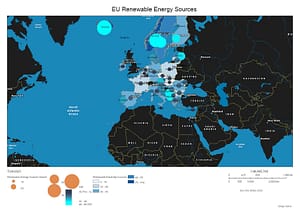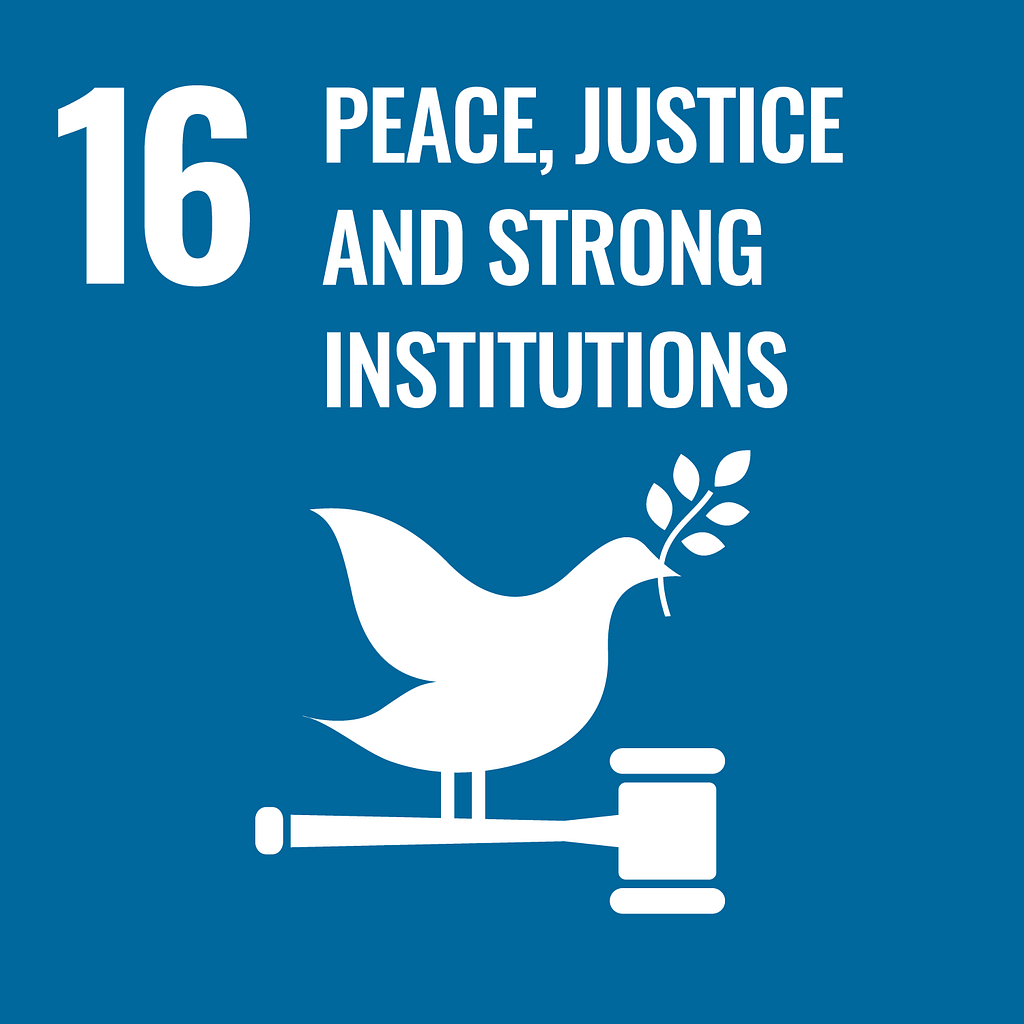Renewable energy sources play a crucial role in the EU’s efforts to transition towards a more sustainable and low-carbon energy system. Here are some of the prominent renewable energy sources in the EU:
- Wind Energy: Wind power is one of the leading renewable energy sources in the EU. Both onshore and offshore wind farms have been deployed across several European countries, particularly in Germany, the United Kingdom, Spain, Denmark, and the Netherlands.
- Solar Energy: Solar power is gaining momentum in the EU, thanks to decreasing costs of photovoltaic (PV) technology. Countries like Germany, Spain, Italy, France, and the Netherlands have been actively promoting solar installations, both in residential and utility-scale projects.
- Biomass: Biomass is another significant renewable energy source in the EU. It involves using organic materials such as wood, agricultural residues, and biodegradable waste to produce electricity, heat, or biofuels. Biomass power plants are common in countries like Sweden, Finland, and Denmark.
- Hydropower: Hydropower has been a traditional renewable energy source in the EU. Several countries, including Sweden, Austria, and Portugal, rely on hydropower for electricity generation.
- Geothermal Energy: While not as prevalent as other renewable sources, geothermal energy is being explored in some EU countries for electricity generation and direct heating.
- Tidal and Wave Energy: Some EU countries, especially those with significant coastlines, are exploring the potential of tidal and wave energy as additional renewable sources.
Here is a general overview of which countries tend to have the highest and lowest resources for some renewable energy sources:
Wind Energy:
-
- Highest Resources: The countries with the highest wind energy resources are typically those with extensive coastlines and favorable wind conditions. Denmark, Germany, the United Kingdom, and Sweden are among the leaders in harnessing wind energy, both onshore and offshore.
- Lowest Resources: Landlocked countries or those with limited coastal areas, such as Austria and Luxembourg, may have lower wind energy potential compared to coastal nations.
Solar Energy:
-
-
- Highest Resources: Countries with abundant sunlight, especially those in Southern Europe, have the highest solar energy potential. Spain, Italy, Greece, and Portugal are examples of countries with significant solar resources.
- Lowest Resources: Northern European countries like Norway, Sweden, and Finland receive less solar irradiation, resulting in comparatively lower solar energy potential.
-
Biomass:
-
- Highest Resources: Countries with substantial agricultural and forest industries often have the highest biomass resources. Sweden, Finland, and Germany are among the leading EU countries in utilizing biomass for energy production.
- Lowest Resources: Smaller countries with limited forested areas and agricultural activities might have fewer biomass resources available.
Hydropower:
-
- Highest Resources: Countries with a significant number of rivers and mountainous terrain typically have abundant hydropower potential. Norway, Sweden, Austria, and Switzerland are known for their extensive use of hydropower.
- Lowest Resources: Countries with fewer rivers and flat terrain may have lower hydropower potential. For instance, Denmark and the Netherlands have limited opportunities for large-scale hydropower.
Geothermal Energy:
-
- Highest Resources: Iceland is exceptional in terms of geothermal energy resources due to its volcanic activity and geothermal hotspots.
- Lowest Resources: Most EU countries have limited geothermal resources, but countries with fewer geological features conducive to geothermal energy, such as Belgium and the Netherlands, may have lower potential.

-
- Highest Resources: Countries with long coastlines and strong ocean currents, such as the United Kingdom, Ireland, and France, have higher potential for tidal and wave energy.
- Lowest Resources: Landlocked countries like Austria and Hungary do not have direct access to tidal or wave energy sources.
It is important to note that the renewable energy landscape is continuously evolving, and the EU’s approach and investments in different sources may have evolved since my last update. The EU has set ambitious targets to increase the share of renewable energy in its overall energy mix, and member states are actively working towards achieving these objectives through various policy measures and incentives.







